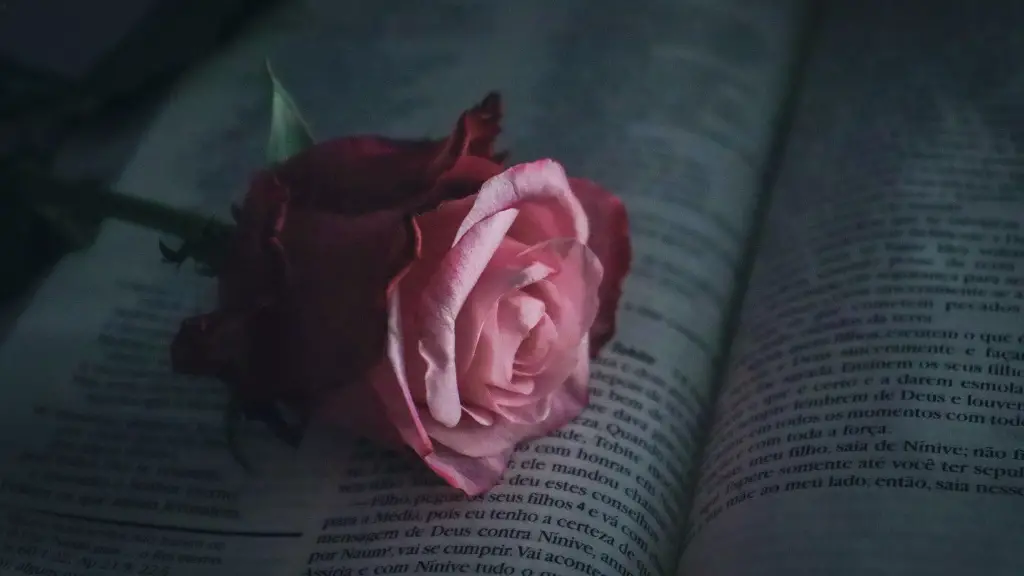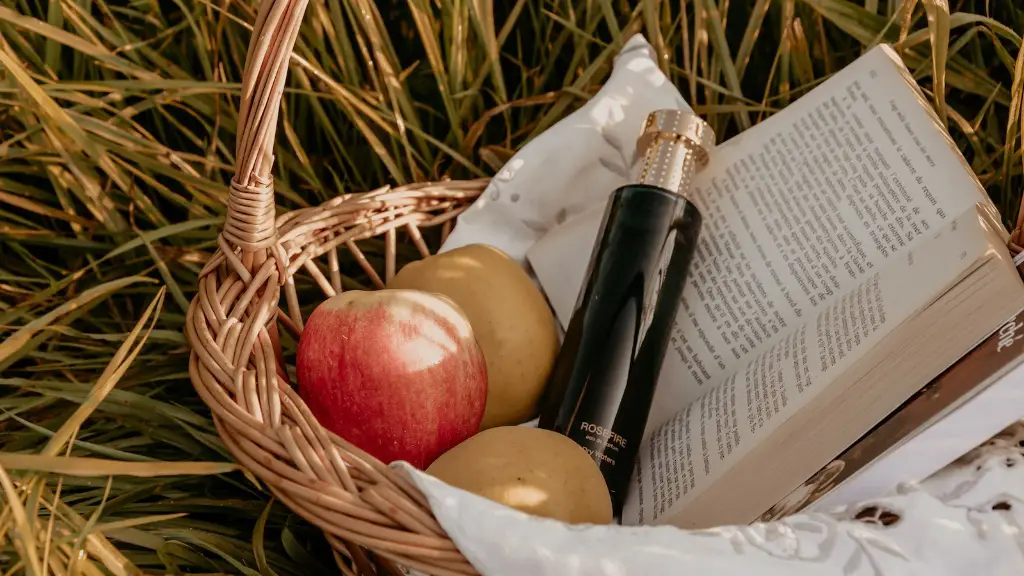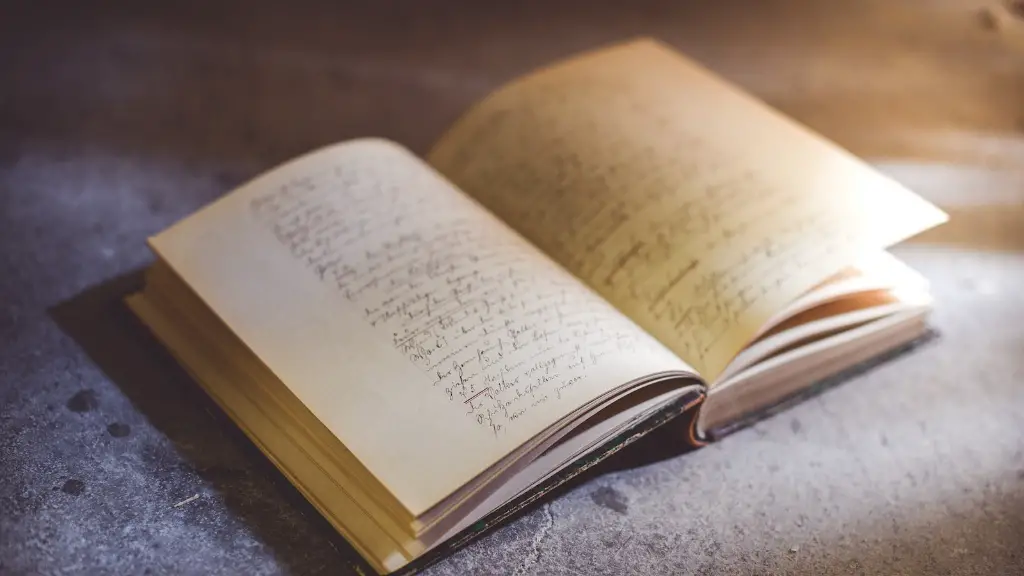How to Write Abstract Poetry
Abstract poetry is an art form that requires the use of language to express emotions, thoughts, and ideas. It is an expressive tool, but can also be utilized as a means of communication. Writing abstract poetry is a challenging and rewarding task that can be mastered through diligent and dedicated practice. This article will offer an overview of abstract poetry and provide tips for writing it effectively.
What is Abstract Poetry?
Abstract poetry is a poetic form of writing that does not follow a traditional structure or fixed meter. Rather, it uses various words, rhythms and images to express feelings of pain, sorrow, joy, or other emotions. The poem’s content and its structure are both important in conveying a certain message or emotion. Abstract poetry can be seen as a form of creative self-expression or a vehicle for exploring and explaining complex feelings. It is often composed of symbols, lines, and images that paint a vivid mental picture.
Pre-Writing Process
When writing abstract poetry, it is essential to start with a general idea or theme. The writer should consider the main ideas they want to communicate, then jot down any significant words, phrases, and thoughts that come to mind. Brainstorming is a great way to create a list of ideas and concepts to draw from while crafting the poem. After the writer has established the topic they plan to cover, they can begin coming up with concrete words and images to use in the poem. All of this can be done on a blank piece of paper or in a document online.
Writer’s Process
When writing abstract poetry, the best approach is for the writer to first construct a rough draft. This draft should include the words, phrases, symbols and images the writer selected during their pre-writing stage. The writer should also construct their own unique symbol system or code that will be used to elucidate the poem’s underlying theme. This process can be collaborative if the writer chooses to work with someone else. Once the writer is satisfied with the draft, they should carefully analyze it, paying special attention to syntax, imagery, and word choice.
Writing Tips
When writing abstract poetry, it is important to keep in mind that brevity is key. Often, less is more when it comes to conveying a strong emotion or abstract concept. The writer should be mindful of using an active voice instead of a passive one in order to engage the reader more effectively. Using vivid adjectives to describe setting, characters, and themes is also an effective way to draw the reader into the poem’s environment. Ideally, the poem should evoke an emotion or a thought in the reader by effectively utilizing tools like allusion, personification, and assonance. Additionally, abstract poetry should be written from a personal perspective, allowing the reader to connect and relate with the experiences being expressed.
Abstract and Individualism
Abstract poetry allows the writer to express themselves and tap into their subconscious to create a unique work of art. It encourages the writer to explore their innermost feelings, reflections and thoughts. Abstract poetry allows for self-reflection, personal exploration, and expression of individual perspectives. It is a productive exercise in understanding and appreciating one’s personal identity. Writing abstract poetry encourages personal and creative growth, as the writer learns how to channel their emotions in an effective and meaningful way.
Outlining and Editing
Once a first draft is constructed, the writer should take the time to carefully outline and organize their poem. It can be beneficial to pause and revisit the poem after some time has passed. This helps the writer get a fresh perspective on their work and better identify potential improvements they can make. After this, the most important stage of writing abstract poetry is the editing stage. This is where the writer should review their poem critically and make sure it is free from factual, spelling, or other errors. This is an integral part of the creative process and helps refine the poem.
Publishing and Submissions
After the poem is complete and edited, the writer can choose to share it with their peers or submit it to a respective publication. It is best to research the portfolio of publications that the poetry falls under. This can help the writer decide whether or not the poem would be a good match for certain publications. An important tip is to consider the style of writing that the publication specializes in, to make sure they are submitting to the right place. The writer should also inquire about submission requirements and guidelines in advance.
Adaptability
The writer should remember that abstract poetry is a fluid and malleable form of creative expression. It should be flexible and ever-changing, allowing the writer to continually explore their thoughts and feelings. When composing an abstract poem, the writer should strive to push themselves creatively and utilize their own unique symbols and interpretations. In this way, the writer can create a work of art that is full of emotion and originality.
Language and Linguistic Structures
When writing abstract poetry, the writer should keep in mind the power of language and how it can influence the poem’s overall effect. It is essential to ensure that the language utilized is both powerful and comprehensible. Advanced grammatical structures can be used to effectively communicate the poem’s point and add to the poem’s aesthetic. Additionally, the writer should use specific linguistic elements to add to the poem’s emotional resonance. Using rhetorical questions, vivid imagery, and alliteration can help capture a certain mood or feeling.
Rhythm and Repetition
Rhythm is a powerful tool for artists, and its use can help reinforce a poem’s underlying message. While abstract poetry does not have to contain a set rhythm or meter, the writer should still strive to use strong poetic diction and repetition. Repetition of certain words can help emphasize the idea being conveyed and create a stronger emotional impact for the reader. Additionally, syntactic structures such as parallelism or anaphora can be utilized to add rhythm to the poem and make it feel more cohesive.
Wrapping Up the Poem
When crafting an abstract poem, the writer should consider both their beginning and ending. In the opening, they should strive to capture the reader’s attention and draw them into the poem’s world. The ending should tie the whole poem together in a satisfying manner while still leaving the reader with something to ponder. Endings are important as they are often what the reader remembers most about the poem. As such, it is essential to craft a concluding thought or image that is unique and powerful.



Great clarification